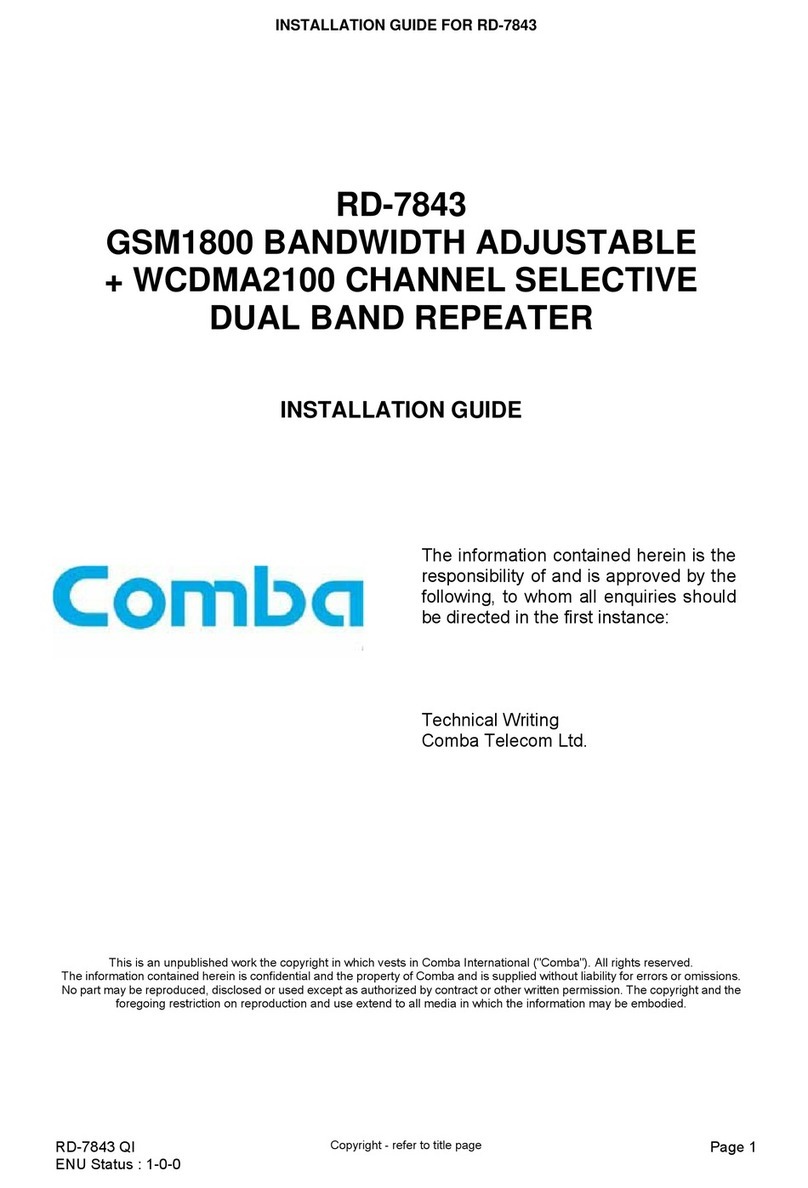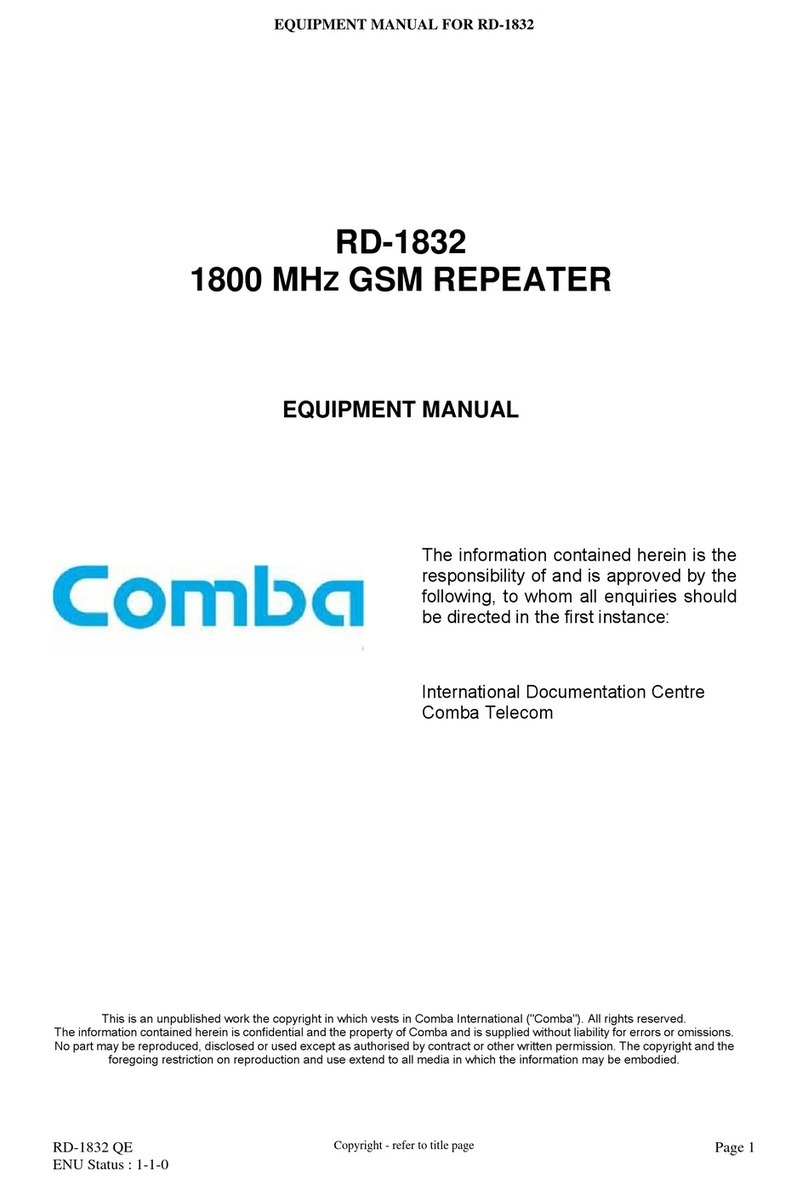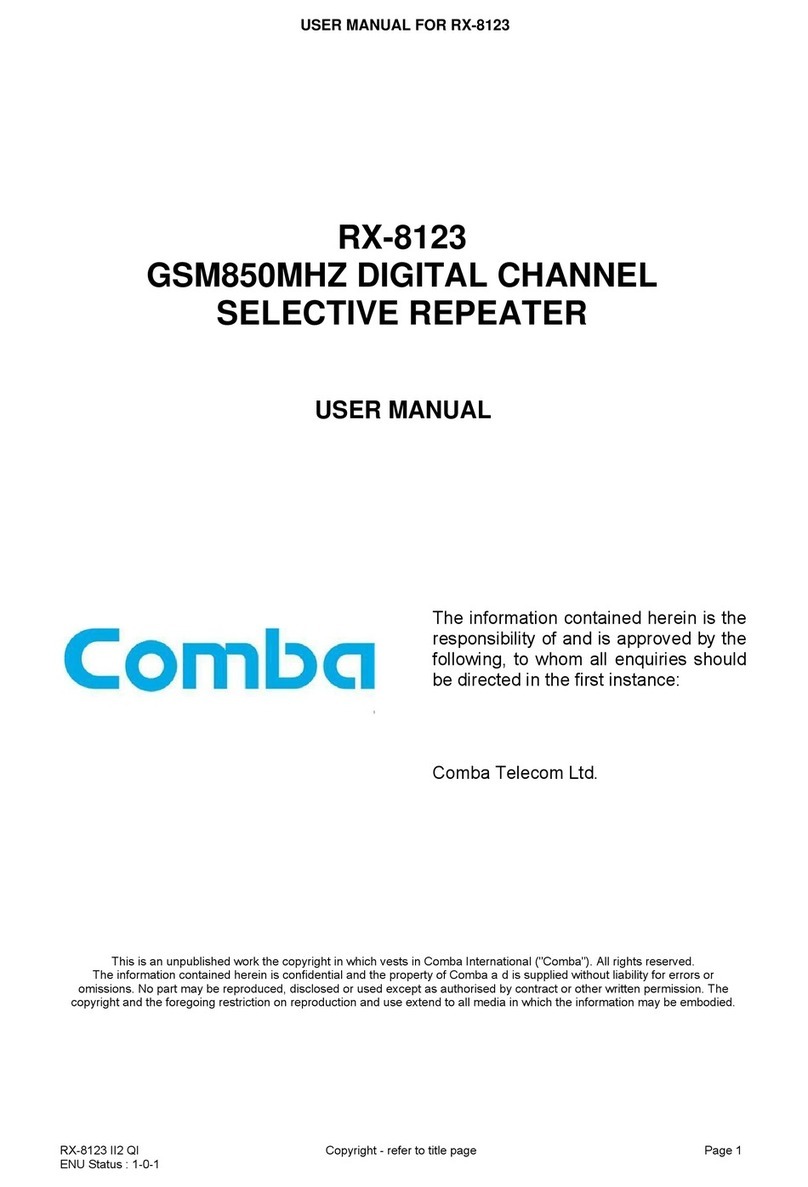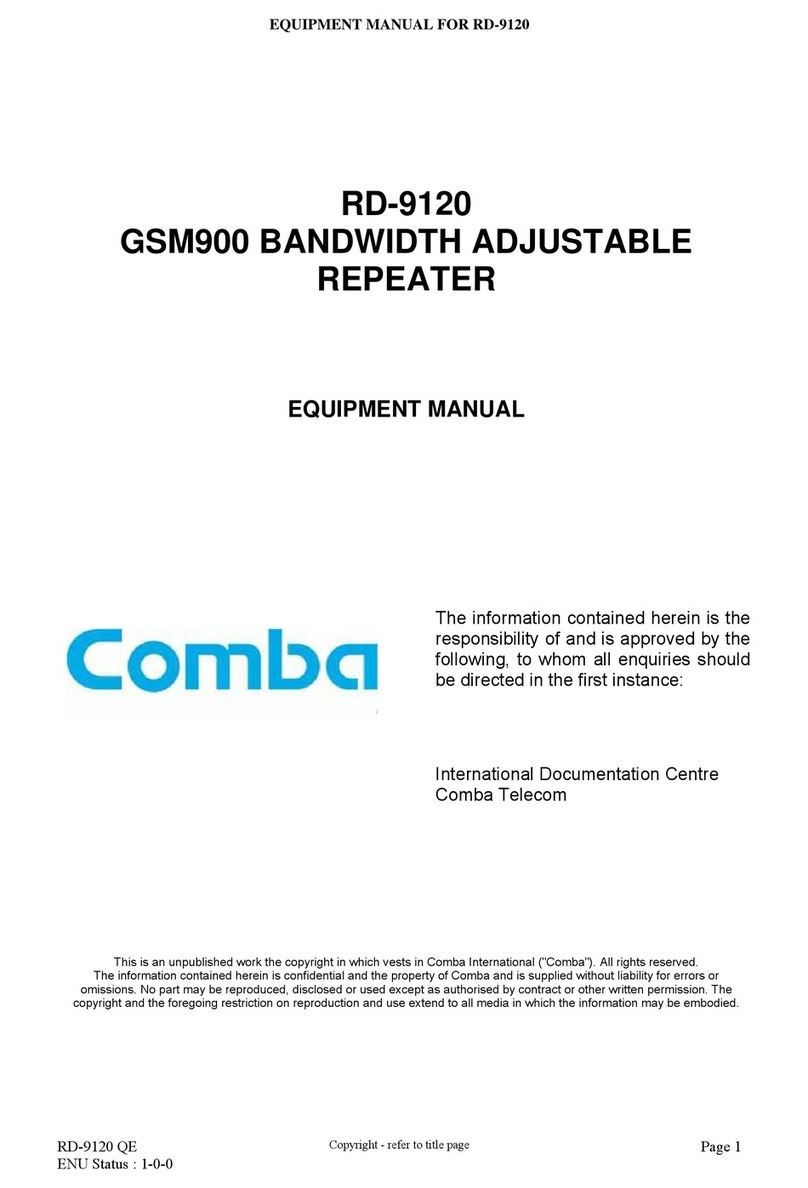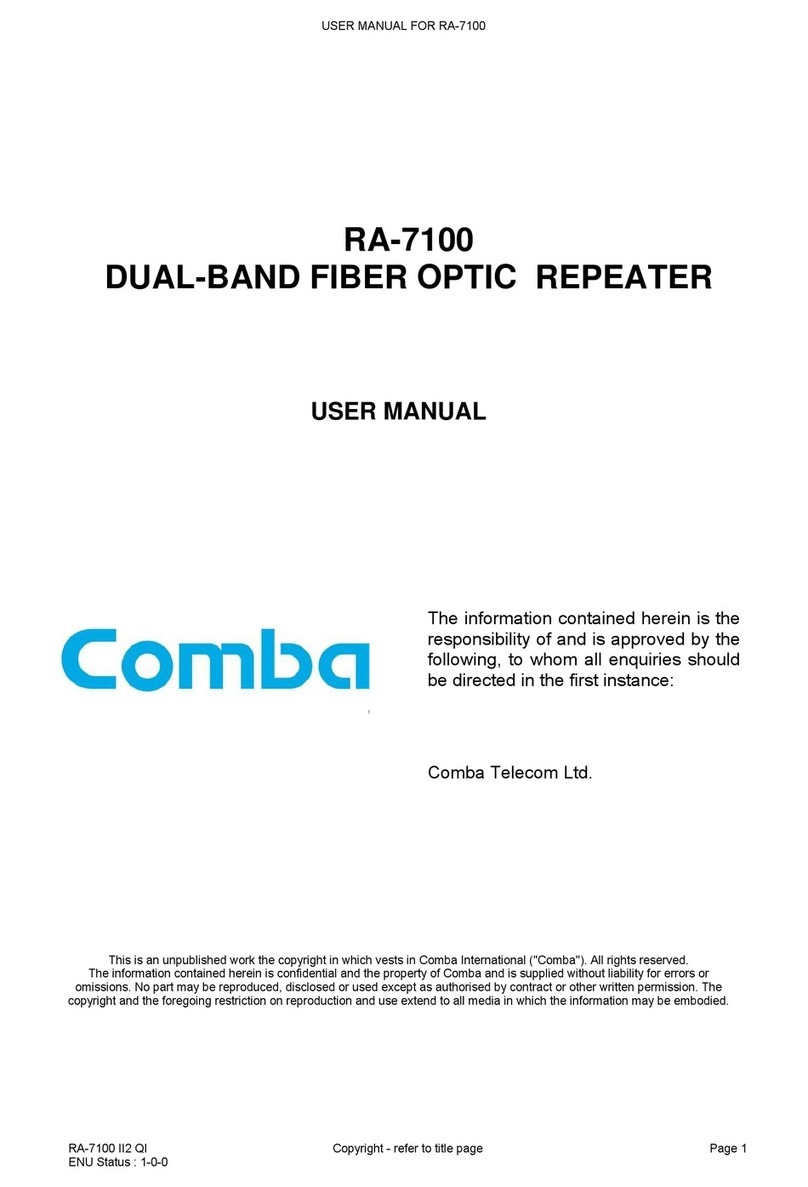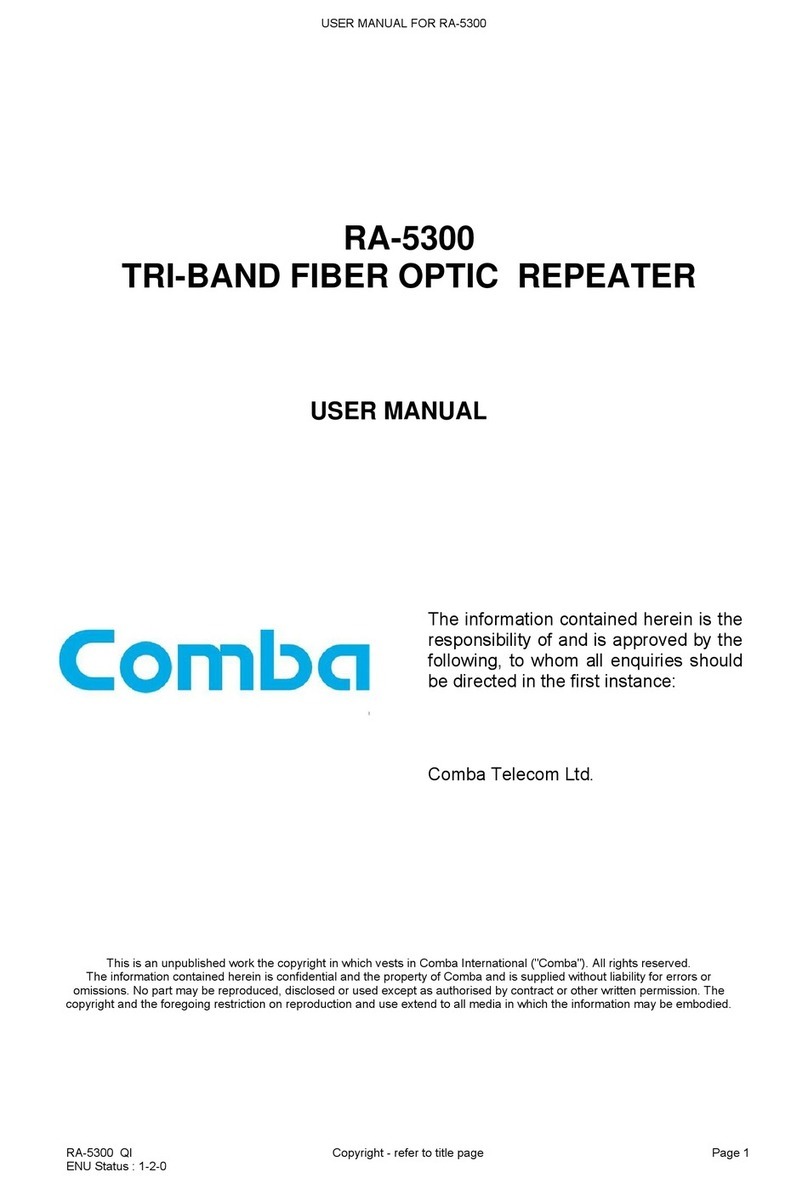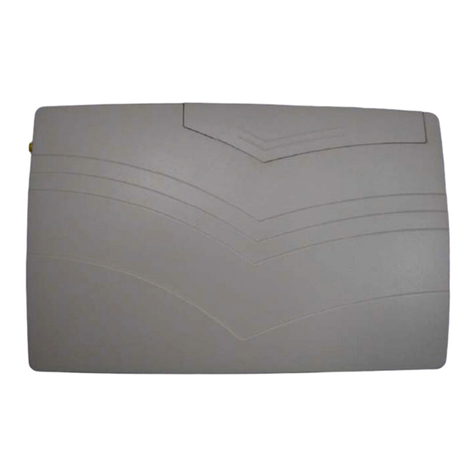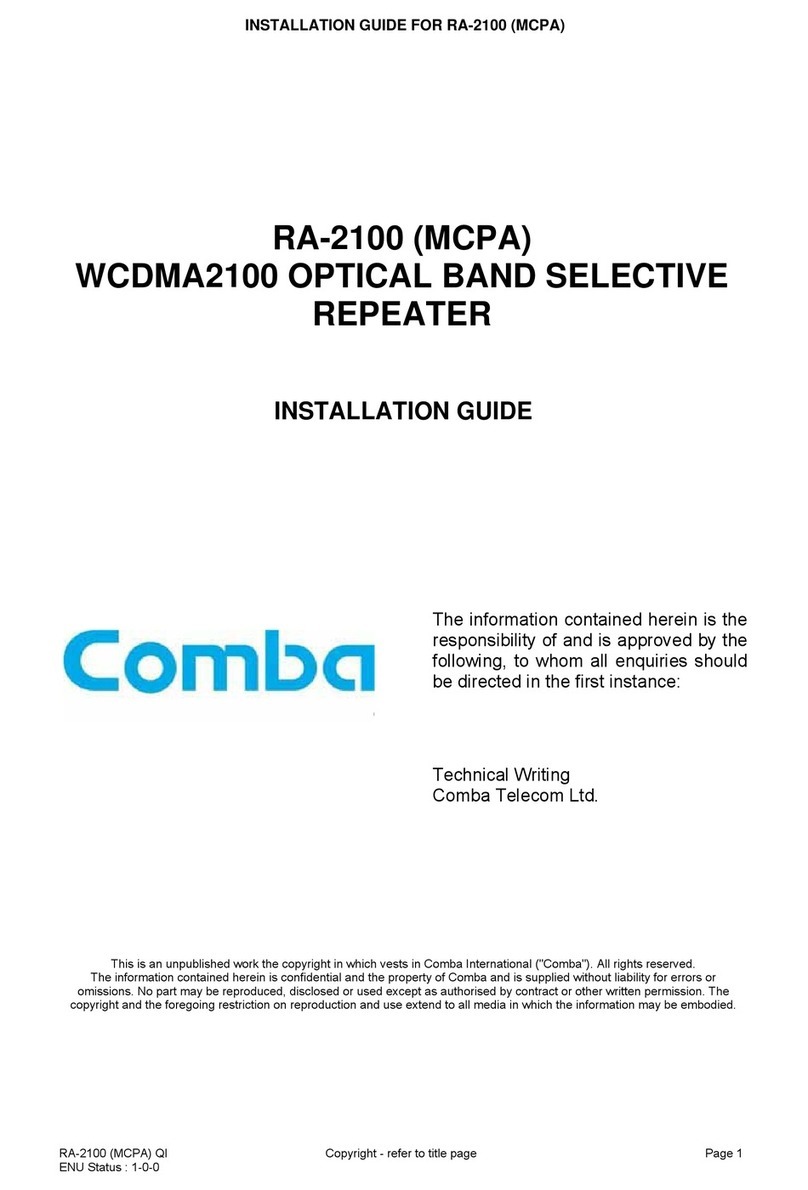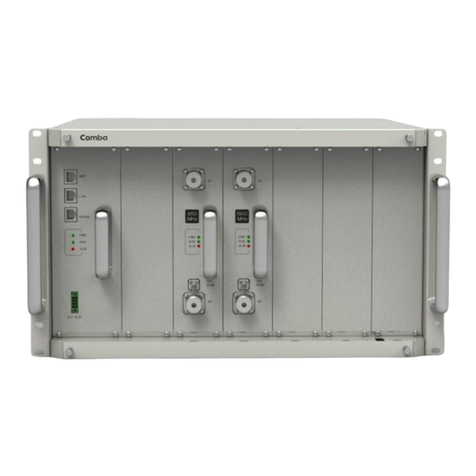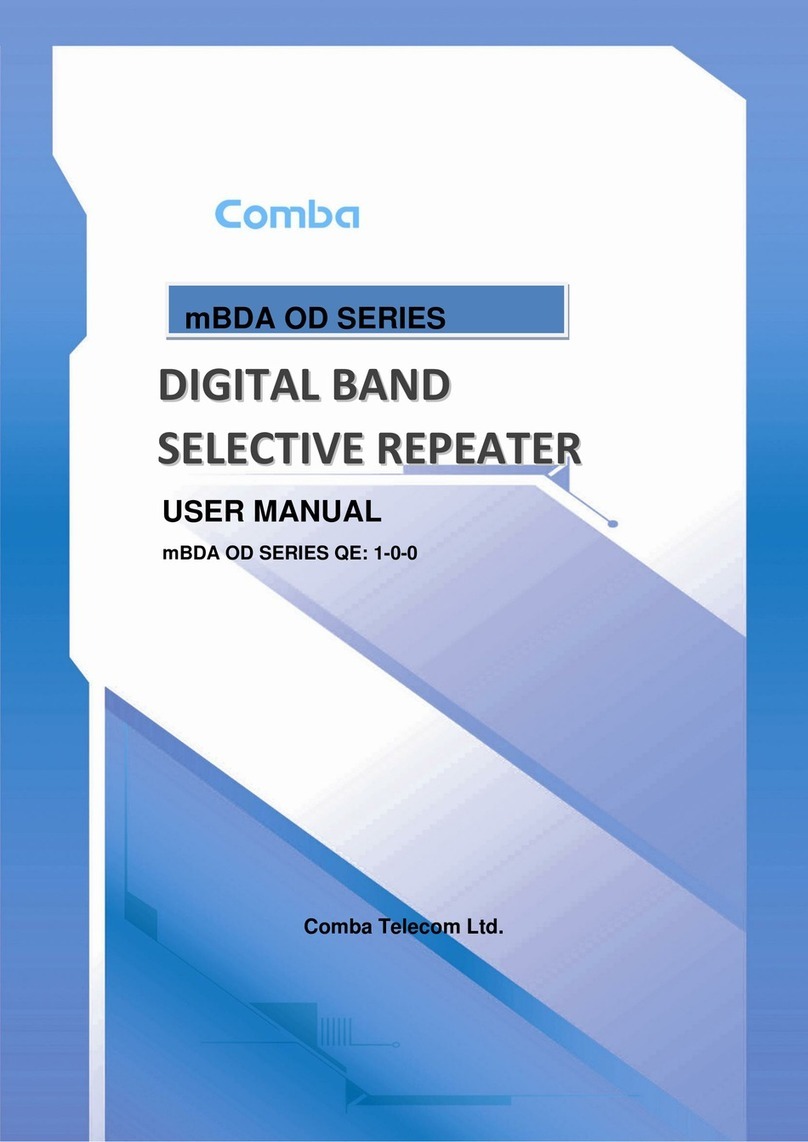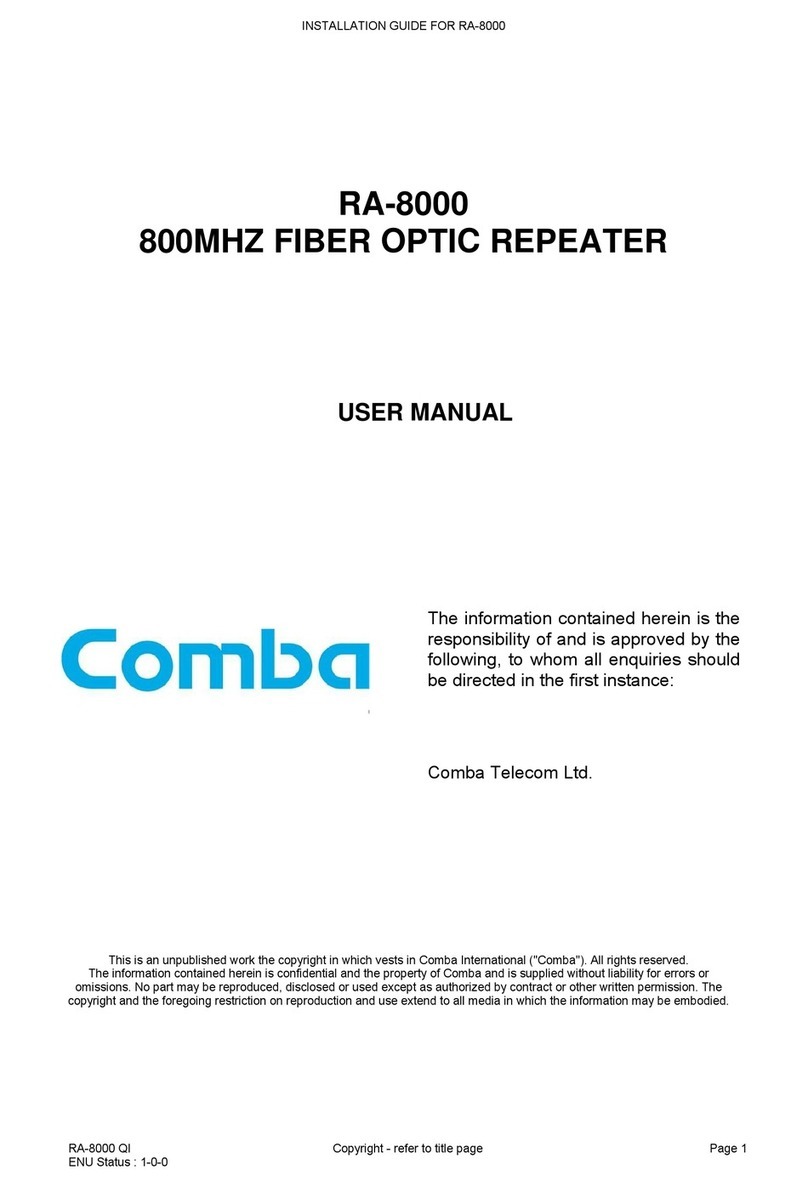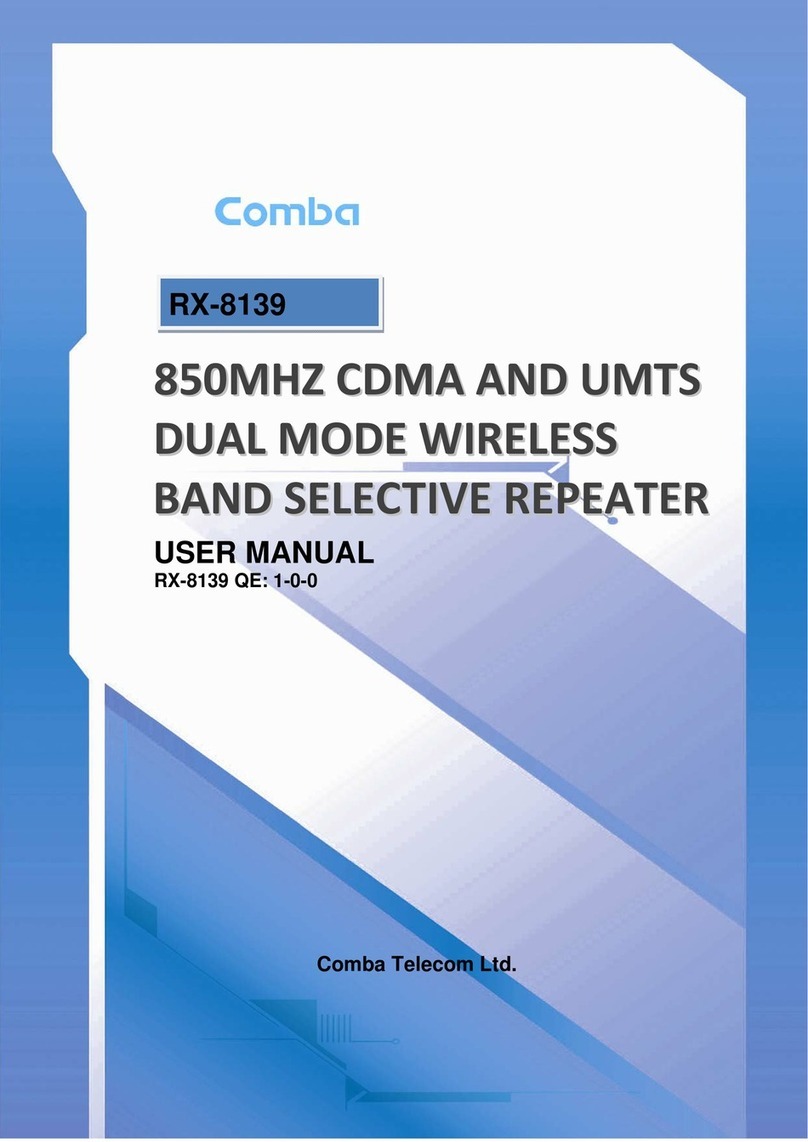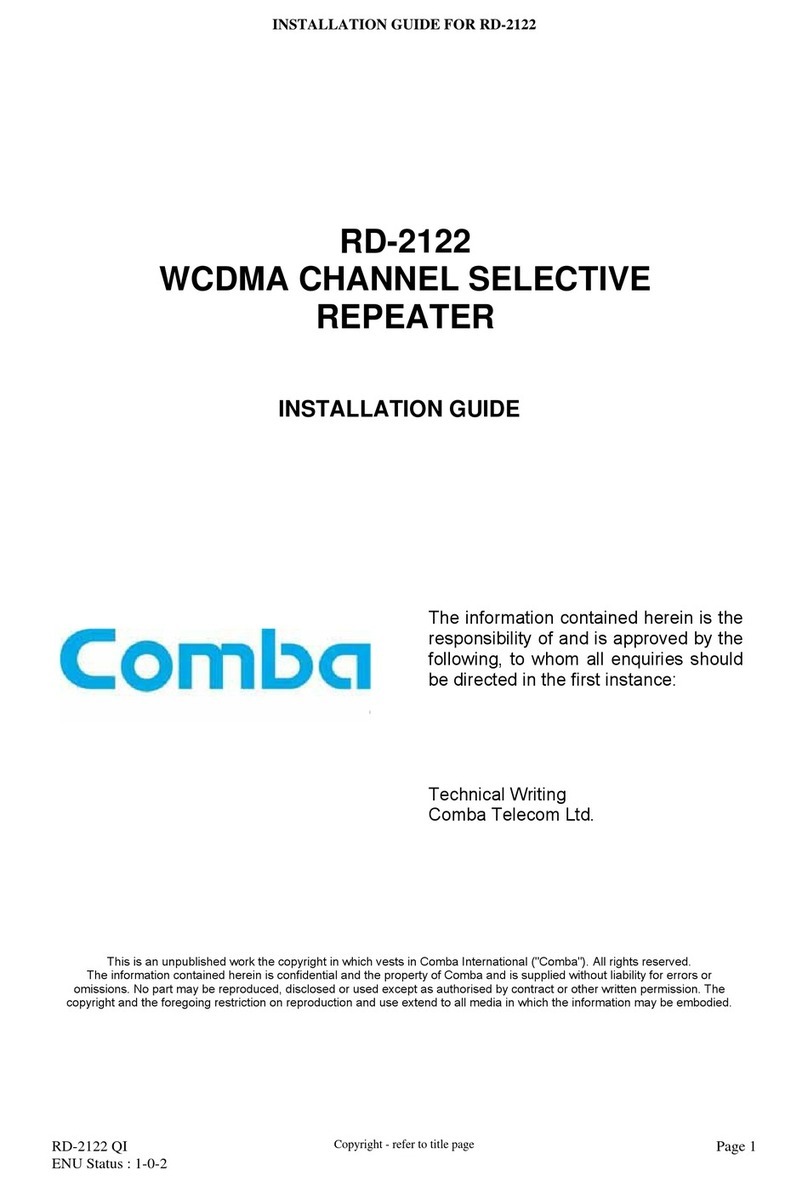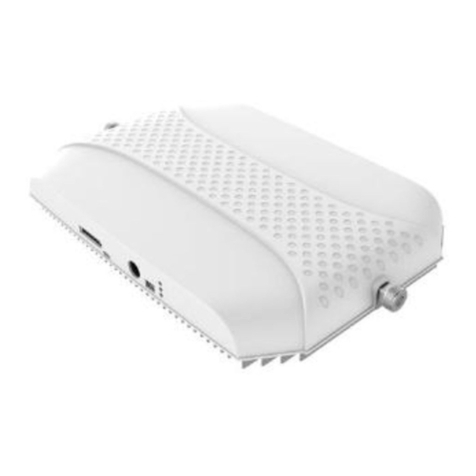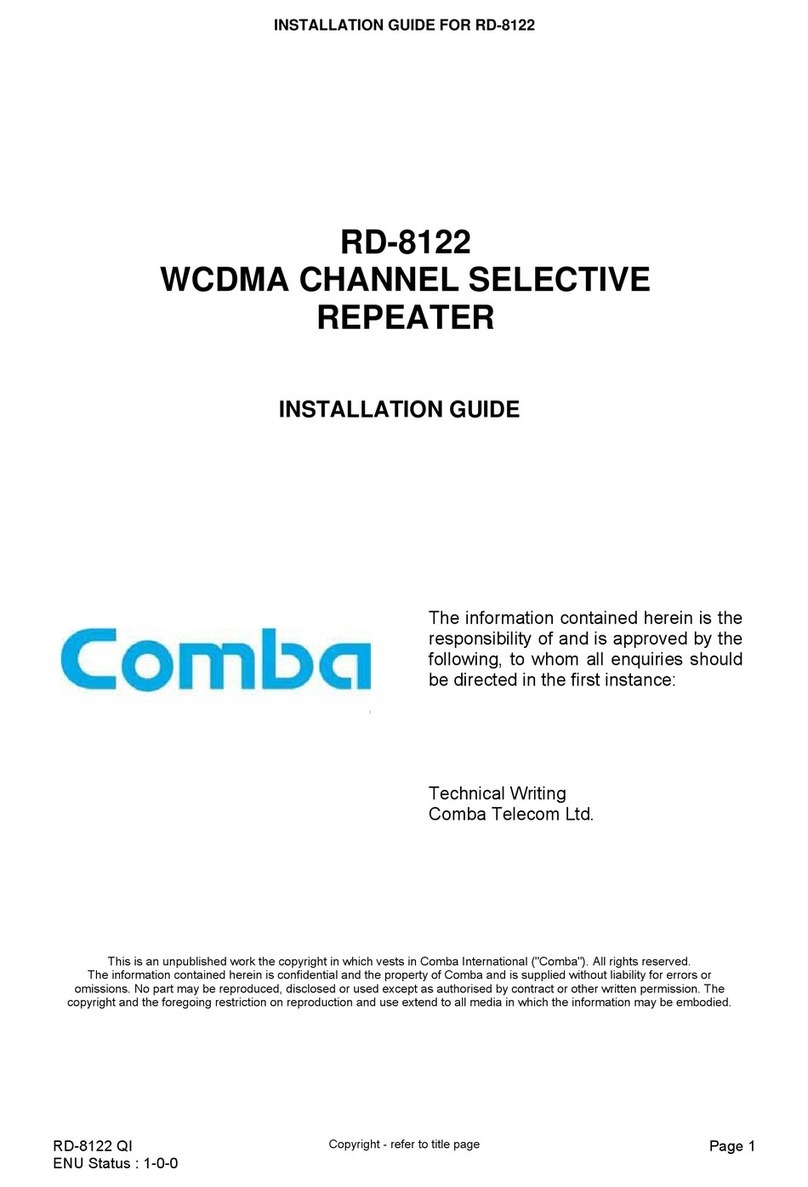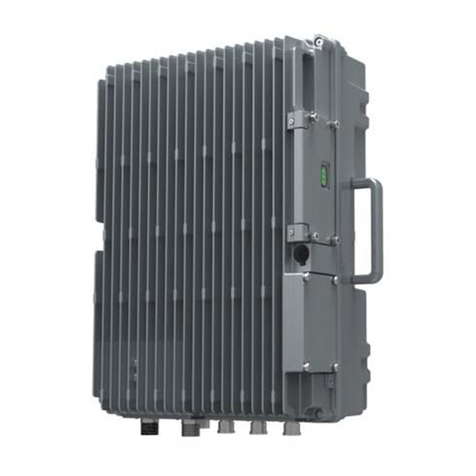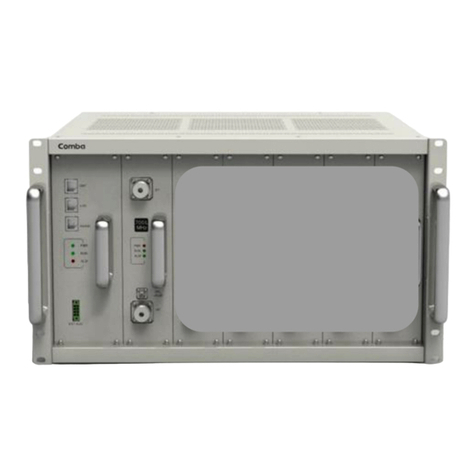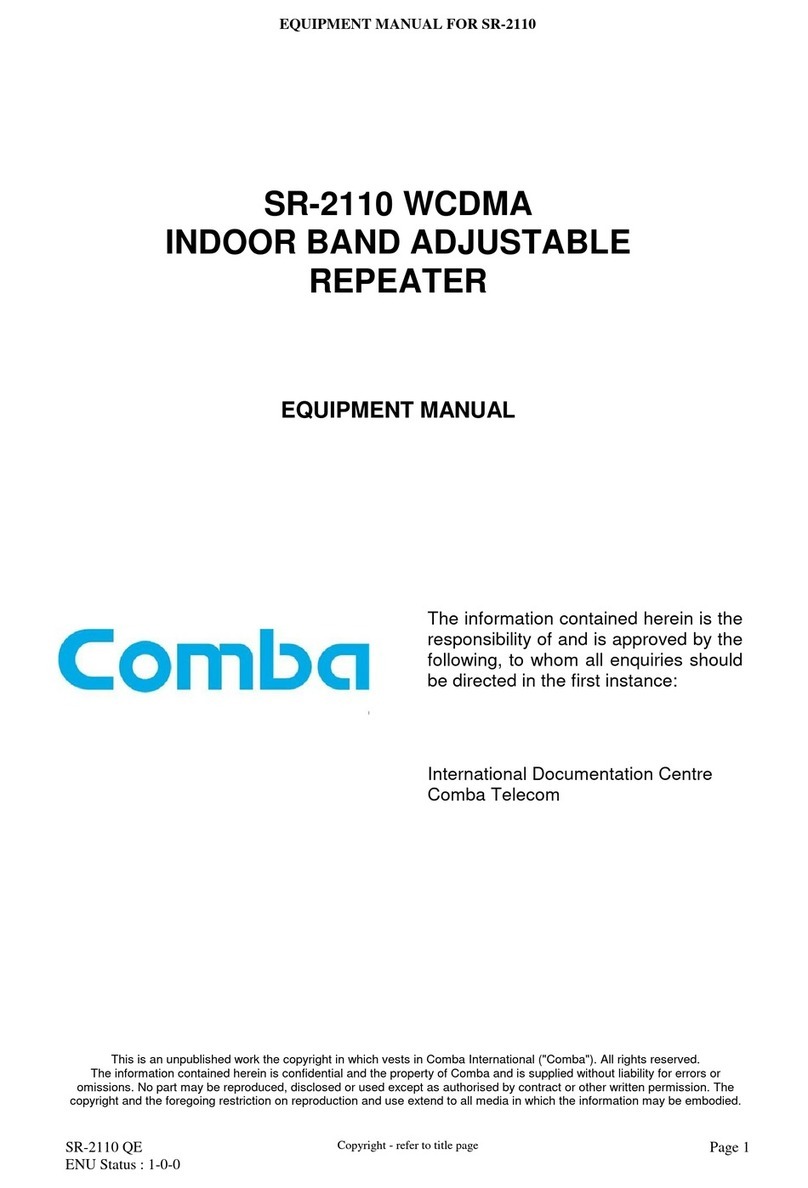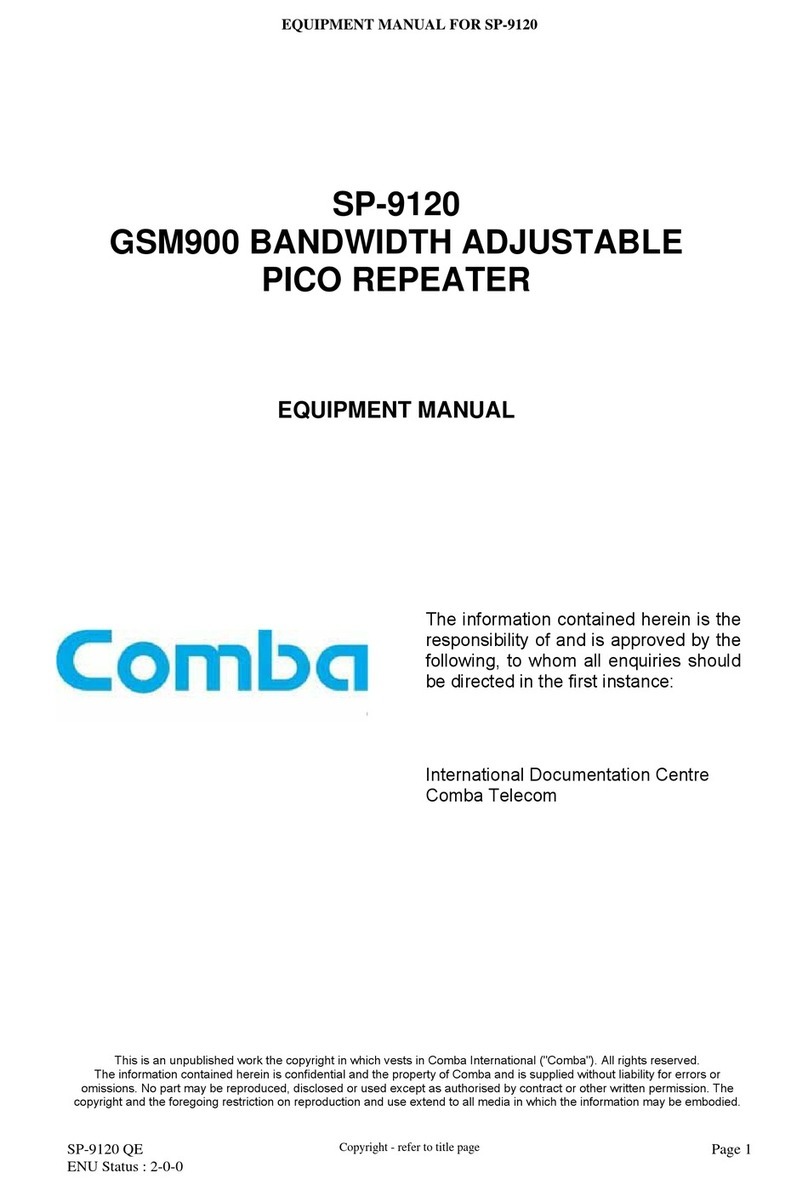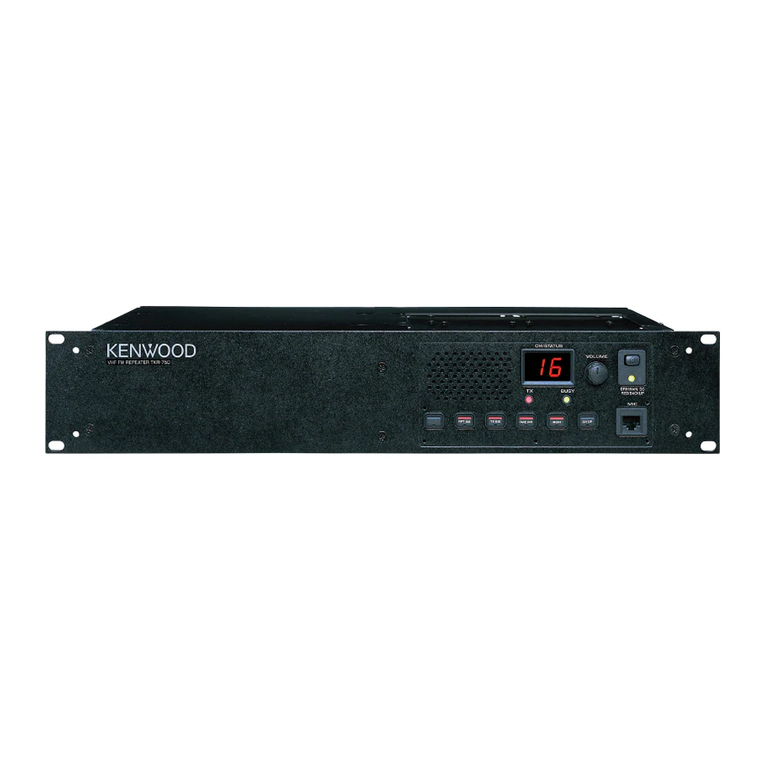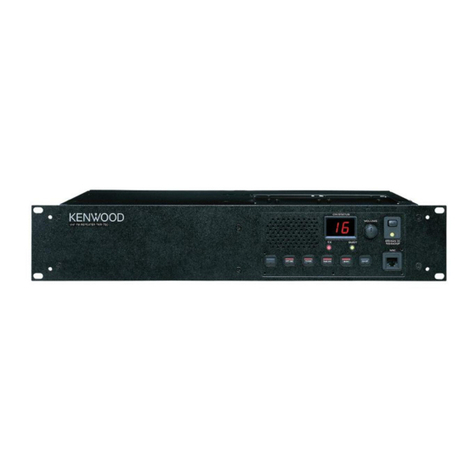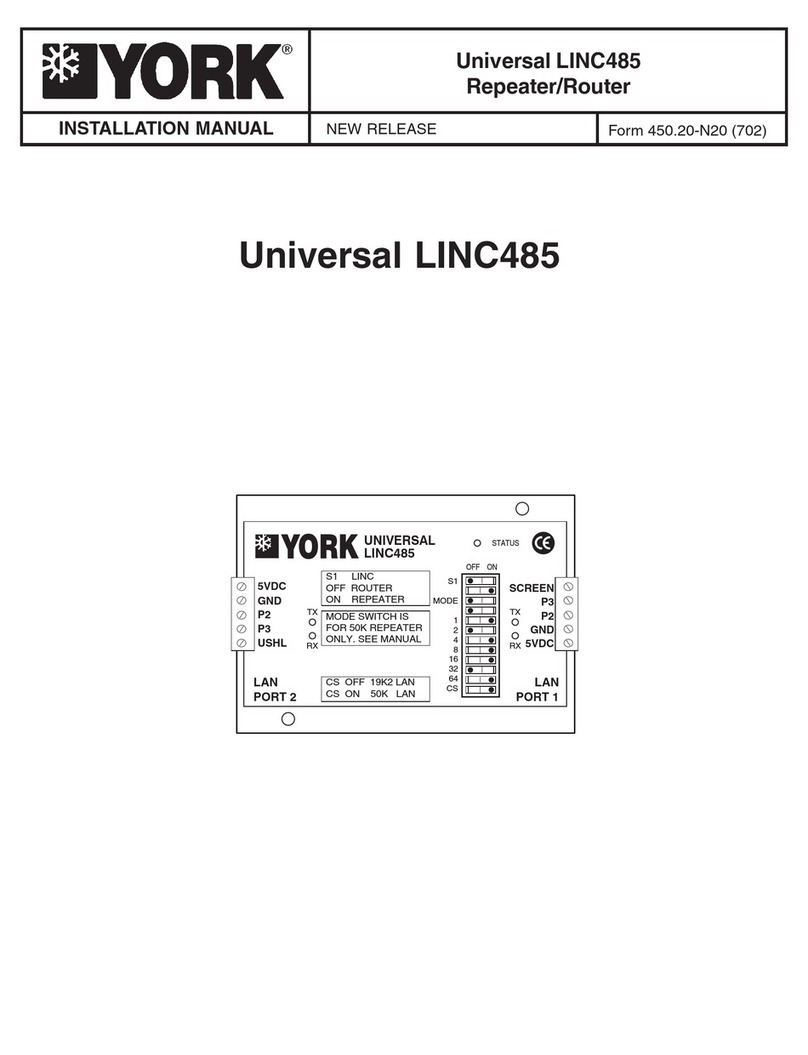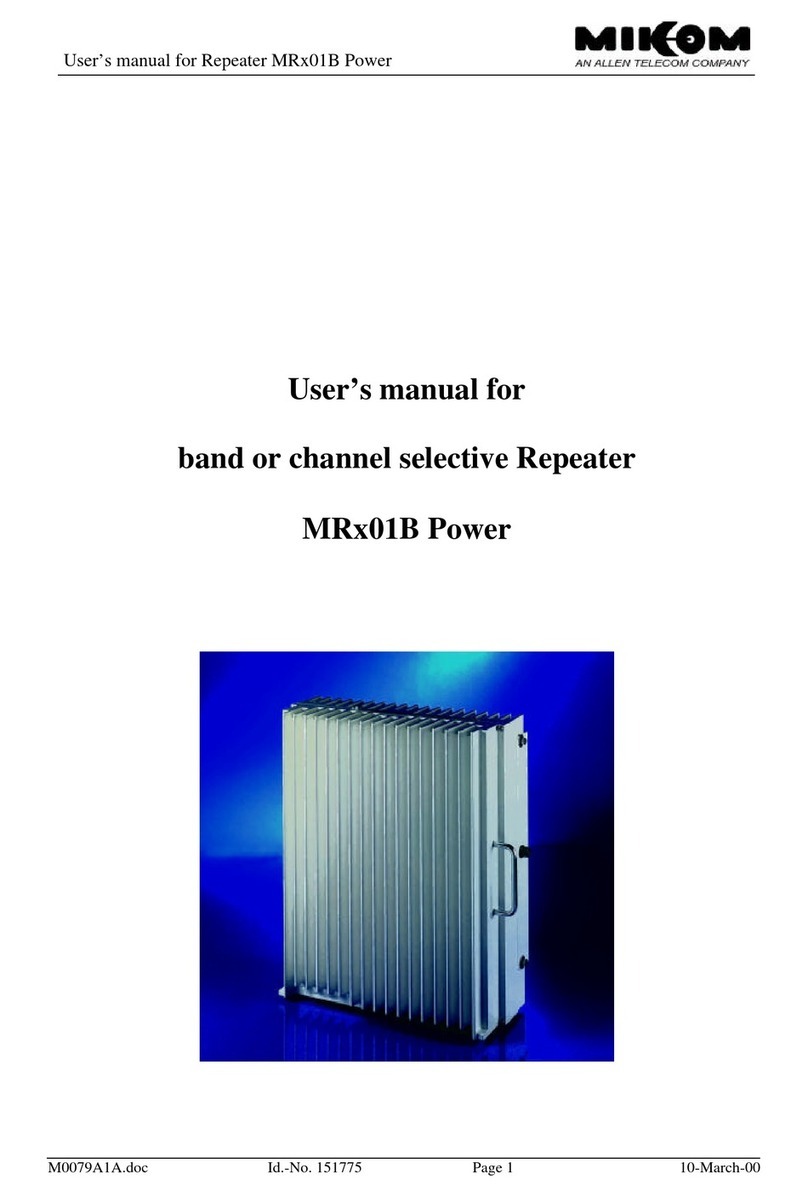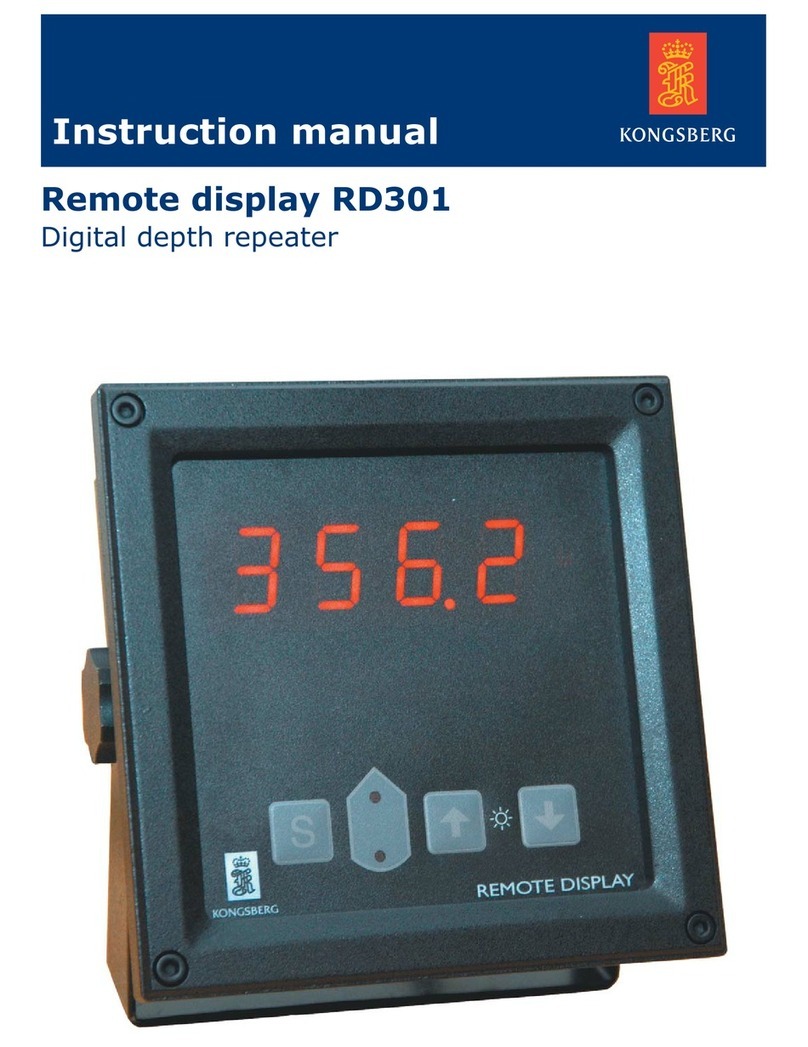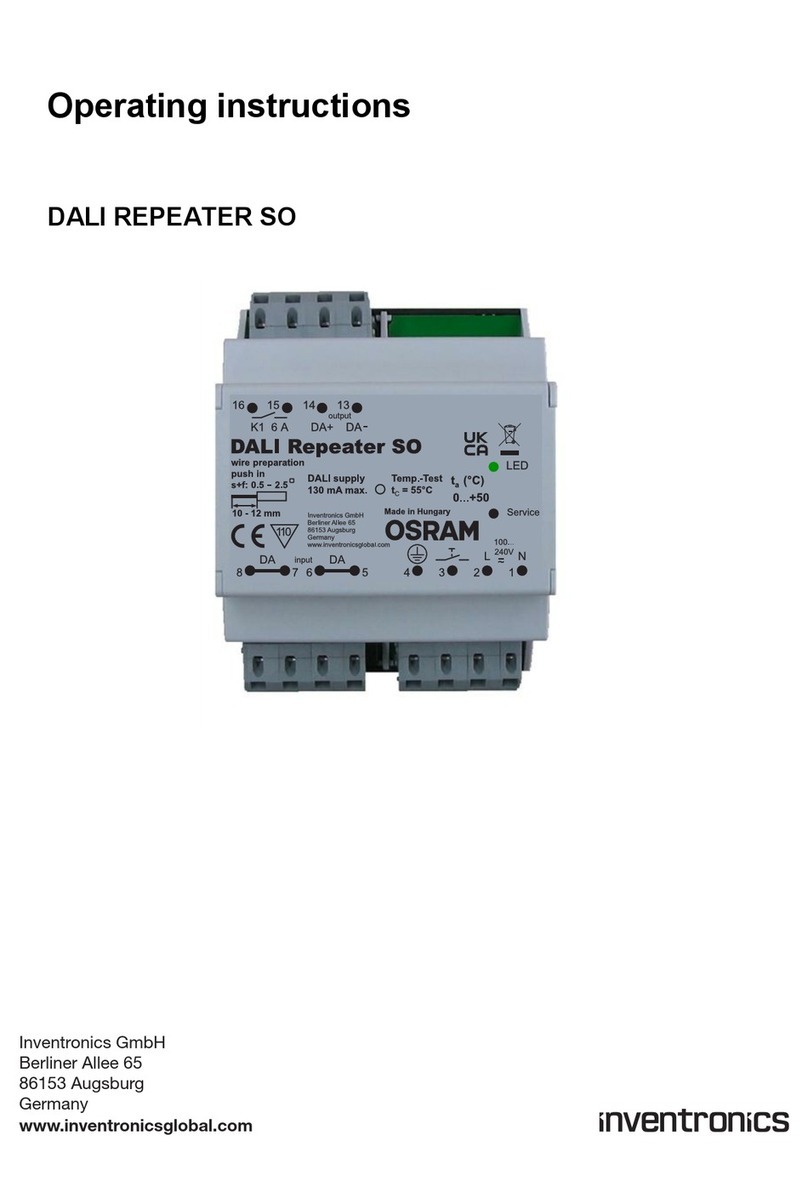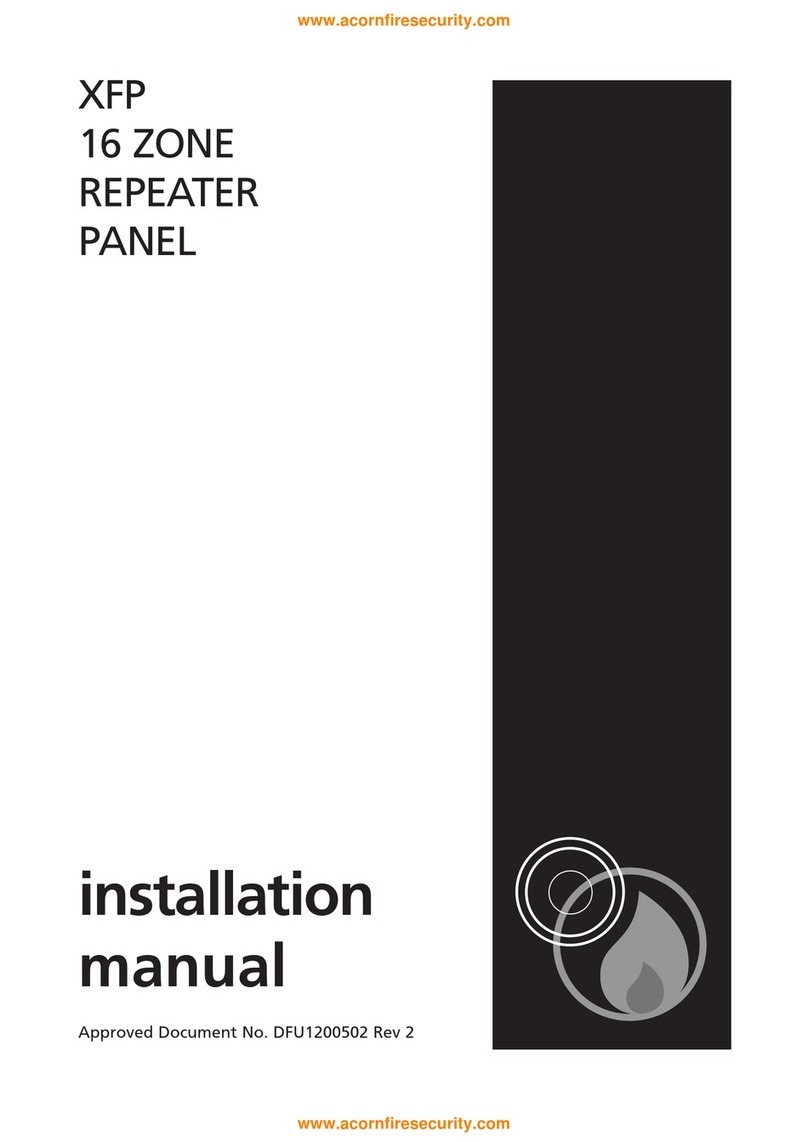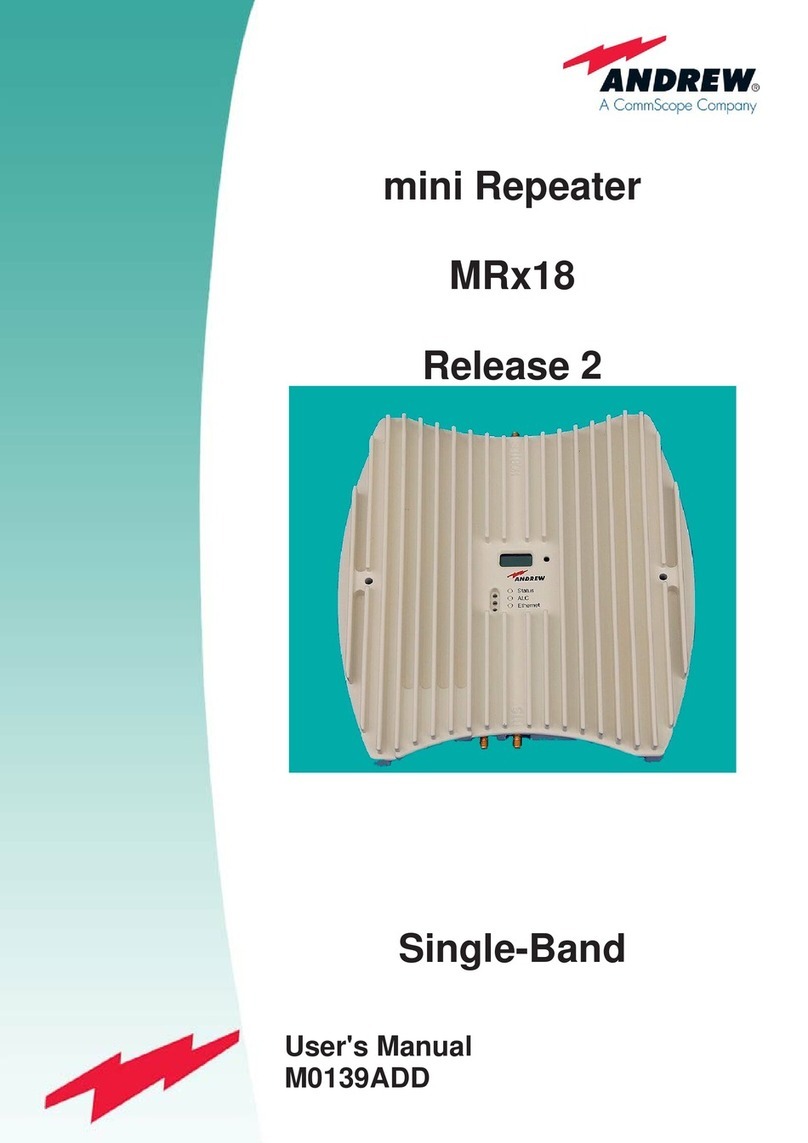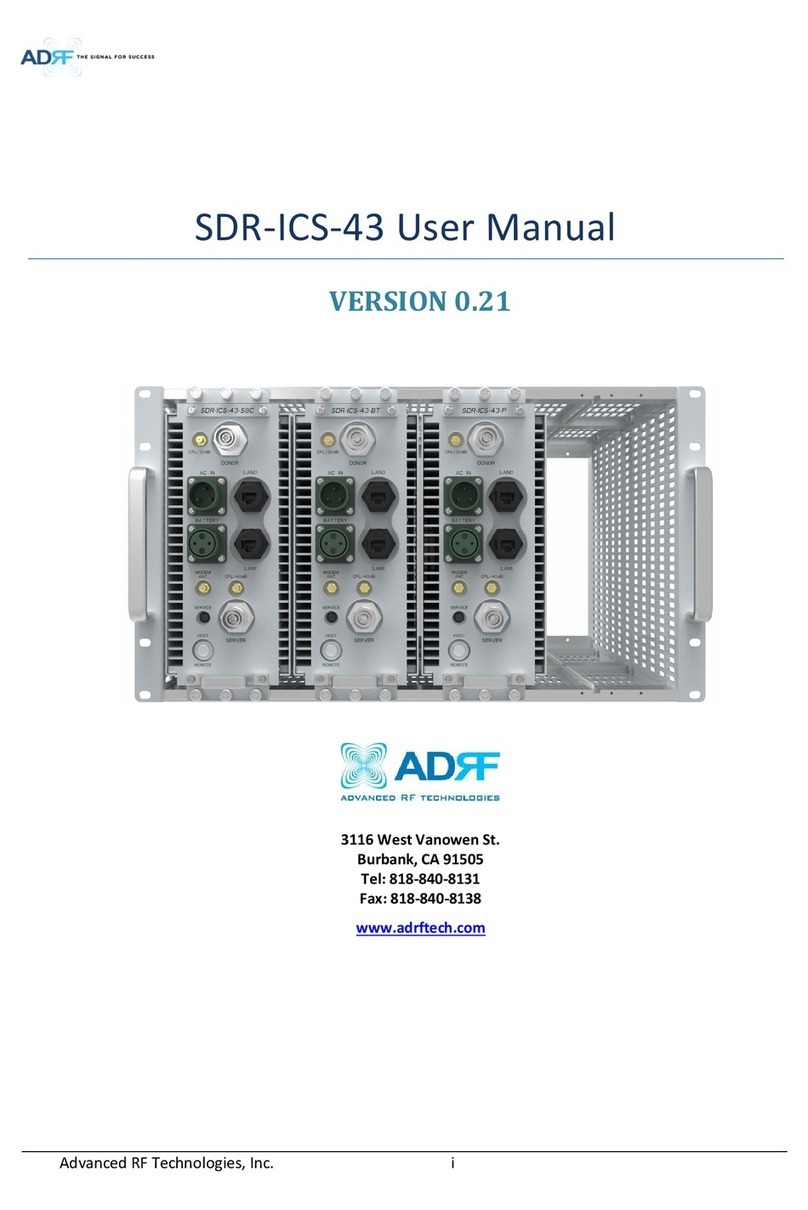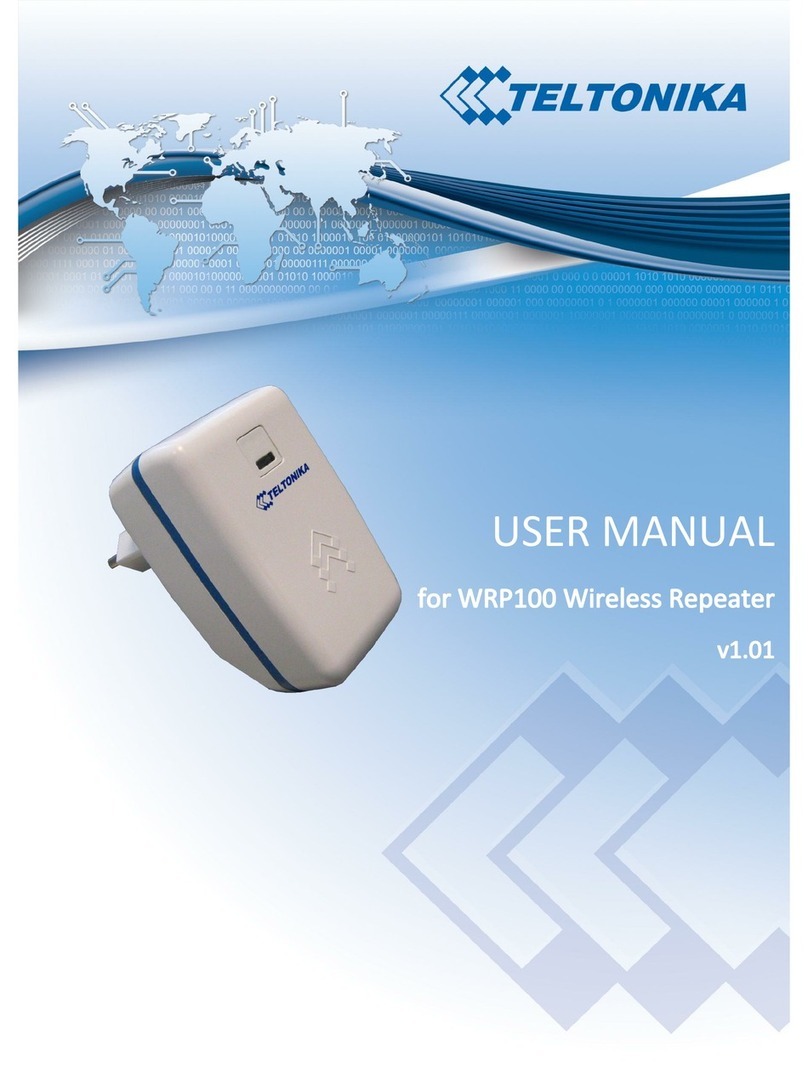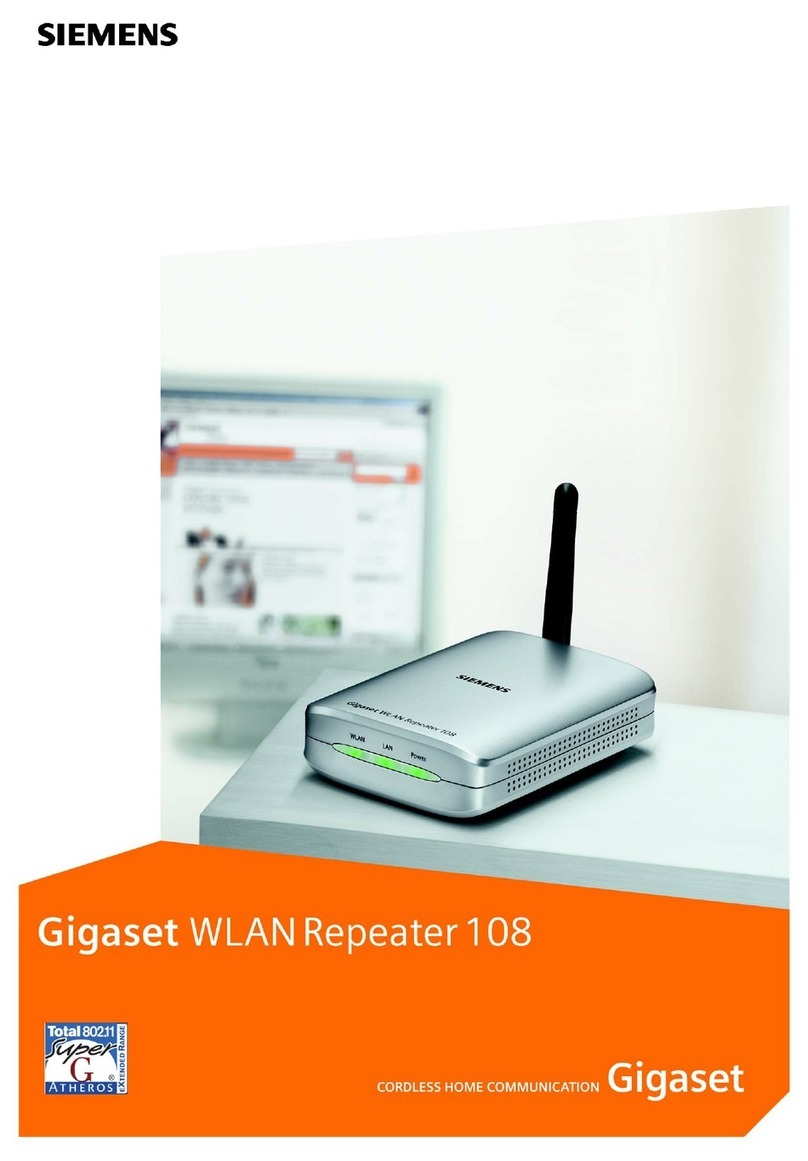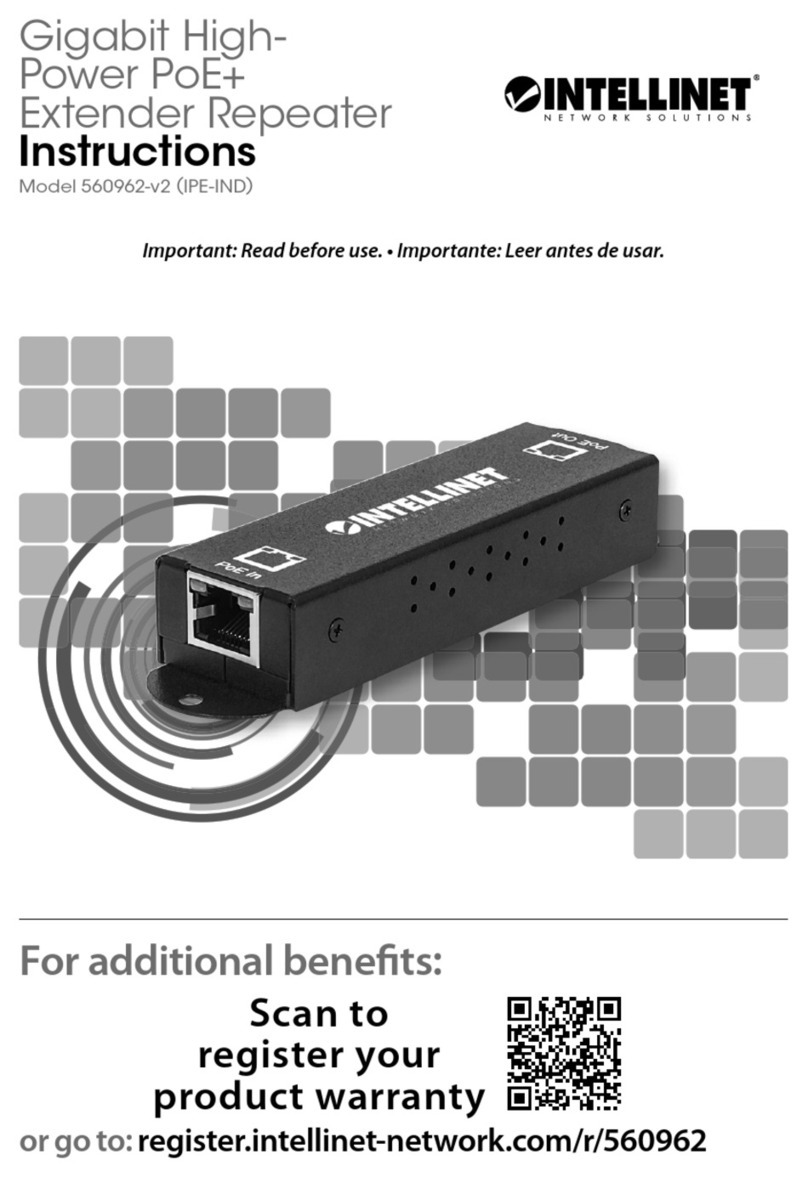0.1
CONTENTS
Section Page
1.1
CONTENTS....................................................................................................................................... 4
1.2
INDEX TO FIGURES AND TABLES............................................................................................. 6
1.3
HISTORY........................................................................................................................................... 7
1.4
GLOSSARY OF TERMS................................................................................................................. 8
1.5
SAFETY NOTICES AND ADMONISHMENTS............................................................................. 9
1
GENERAL INFORMATION........................................................................................................... 10
2
EQUIPMENT DESCRIPTION....................................................................................................... 14
2.1
FUNCTIONAL BLOCK DIAGRAM............................................................................................... 14
2.2
EQUIPMENT LAYOUT.................................................................................................................. 15
2.3
EQUIPMENT CONSTITUTION.................................................................................................... 16
3
INSTALLATION .............................................................................................................................. 17
3.1
WARNINGS AND ALERTS........................................................................................................... 17
3.2
SITE PLANNING CONSIDERATIONS ....................................................................................... 18
3.2.1
SITE PLANNING ............................................................................................................................ 18
3.2.2
INSTALLATION CHECKLIST....................................................................................................... 19
3.3
INSTALLATION PROCEDURES................................................................................................. 20
3.3.1
GOODS INWARDS INSPECTION............................................................................................... 20
3.3.2
TOOLS............................................................................................................................................. 20
3.3.3
PREPARATION.............................................................................................................................. 20
3.3.4
WALL MOUNTING......................................................................................................................... 21
3.3.5
DRIP-LOOP..................................................................................................................................... 21
3.4
EQUIPMENT CONNECTORS...................................................................................................... 22
3.4.1
PS BDA CONNECTORS............................................................................................................... 22
3.4.2
PS BDA LED INDICATORS.......................................................................................................... 23
3.4.3
GROUNDING CONNECTION...................................................................................................... 23
3.4.4
RF CABLE CONNECTION ........................................................................................................... 23
3.4.5
ETHERNET CONNECTION......................................................................................................... 23
3.4.6
DRY CONTACT CABLE CONNECTION.................................................................................... 24
4
COMMISSIONING ......................................................................................................................... 25
4.1
PRE-COMMISSIONING TASKS.................................................................................................. 25
4.2
COMMISSIONING PROCEDURE............................................................................................... 26
5
WEB GUI......................................................................................................................................... 28
5.1
WEB GUI CONNECTION ............................................................................................................. 28
5.2
WEB GUI INTRODUCTION.......................................................................................................... 29
5.2.1
[HOME] ............................................................................................................................................ 29
5.2.2
[COMMISSIONING]....................................................................................................................... 31
5.2.3
[MANAGEMENT]............................................................................................................................ 31
5.3
COMMISSIONING PROCEDURE............................................................................................... 38
6
MAINTENANCE.............................................................................................................................. 41
7
APPENDICES................................................................................................................................. 42
7.1
APPENDIX A................................................................................................................................... 42
7.2
APPENDIX B: TOOLS................................................................................................................... 44
7.3
APPENDIX C: DECLARATION OF HARMFUL SUBSTANCES AND CONTENT................ 45
